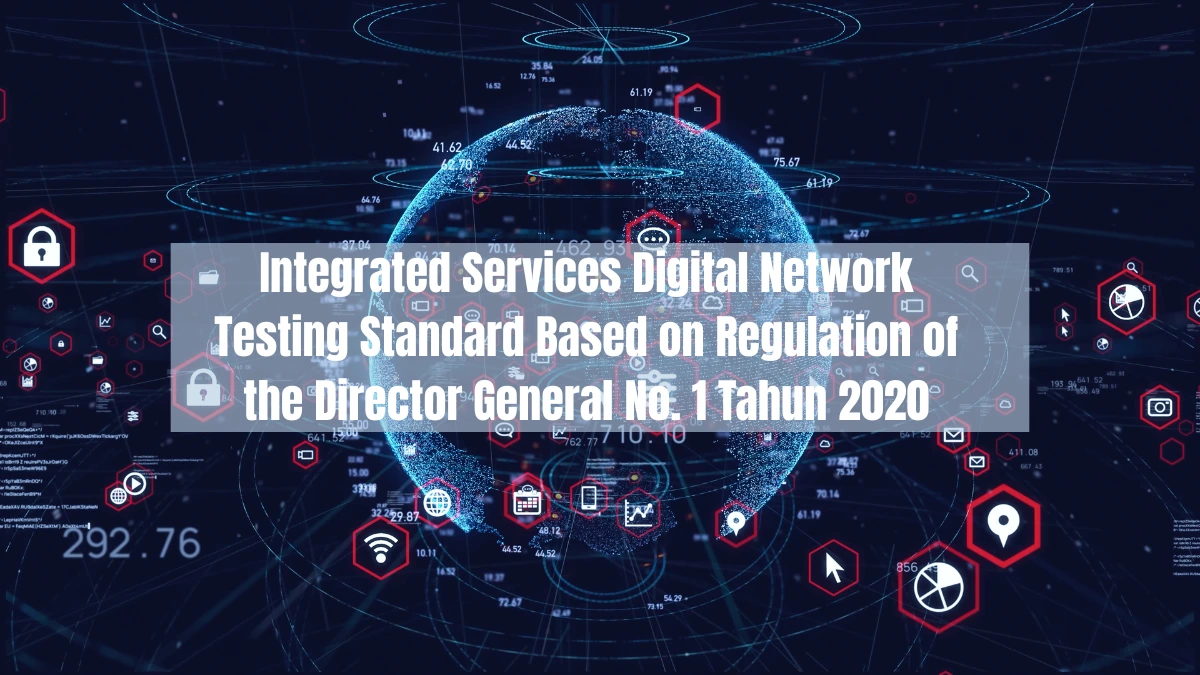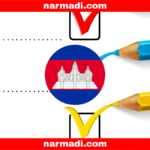Integrated Services Digital Network (ISDN) was the solution to the need to transmit voice, data, and even video seamlessly over a single network.
With the increasing use of Integrated Services Digital Network, the Indonesian government through Regulation of the Director General (PERDIRJEN) No. 1 Tahun 2020 from the Ministry of Communication and Digital (KOMDIGI) has established passive optical network testing standards to ensure that these devices are safe, efficient, and do not interfere with each other.
This regulation is intended to ensure that all Integrated Services Digital Network circulating in Indonesia must ensure their quality, safety, and compliance with applicable regulations through testing standards.
Also Read
Table of Contents
Integrated Services Digital Network Testing Standard

Before being used or marketed in Indonesia, Integrated Services Digital Network devices must meet several established technical requirements. Here are some of the standards that must be met:
Power Supply
Integrated Services Digital Network can be supplied with either AC or DC power. For devices with an AC power supply, the device must operate normally with 220V of approximately 10% and 50 Hz of approximately 6% frequency. In the case that the device uses an external power source, such as an AC adapter, that supply must not affect the device’s operability.
Electromagnetic Compatibility (EMC)
EMC measurements on ISDN are divided into two, namely, emission and immunity measurements. The following is an explanation of the measurements.
- EMC Emission: Measurements for OLT devices and ONT/ONU devices refer to SNI ISO/IEC CISPR 32.
- EMC Immunity: Measurements must meet the requirements of SNI ISO/IEC CISPR 35.
Electrical Safety
The electrical safety assessment of FSO telecommunication equipment must meet the requirements specified in IEC 60950-1 or IEC 62368-1. FSO telecommunication equipment operates with SELV, referring to voltages that do not exceed 42.4 V peak or 60 V DC.
Interoperability Interface Requirements
| PARAMETERS | VALUE |
| Connector | 2 wire, 6 pins modular RJ 11 jack |
| Input voltage | ≤ 40 V DC |
| Multi-Freq Push Button (MFPB) receiver | Level range: 0 to – 26 dBm |
| Signal detection: minimum 40 ms | |
| Pause between digits: minimum 40 ms | |
| Frequency deviation +- 1.8% | |
| Ring current transmission | Frequency: 24 Hz |
| Period for nominal ringing: 0.4 seconds (on), 0.2 seconds (off), 0.4 seconds (on), 0.2 seconds (off) | |
| Period for duplex/special ringing: 1.2 s (on), 2.0 s (off) | |
| Voltage: ≤ 70 V | |
| No call transmission | Continuous tone 425 Hz |
| No busy transmission | 425 Hz |
| Period: 0.75 seconds (on), 0.75 seconds (off) | |
| Output level | The average analog output signal level shall not exceed -6 dBm within a time span of 10 seconds |
| Analog/digital encoding | Devices providing an acoustic to digital interface shall comply with the provisions of ITU-T Rec. G.711 |
The ISDN device must have an interface type under the following interoperability requirements:
- Analog interface: Refers to Table 1.
- Digital interface: For BRI it shall comply with clause 8 of ITU-T Rec. I.430, while for PRI it shall comply with clause 5 of ITU-T Rec. I431.
- Transmission interface: The interface of the digital transmission system on the NT1 to the ISDN network side using BRI shall comply with clause 3 and clause 4 of ITU-T Rec. G.961, while for PRI it must comply with the clauses of ITU-T Rec. G.962.
- Signaling: The data link layer must meet the specifications in ITU-T Rec. Q.921 and the network link layer must meet the specifications in ITU-T Rec. Q.931.
Testing Method
Testing of ISDN terminal telecommunications equipment and/or devices is carried out following or based on test methods published by international standards bodies or developed and validated by accredited test centers.
Integrated Services Digital Network Certification Process in Indonesia

For Integrated Services Digital Network to be used legally in Indonesia, certification from DJID is required. Here are the steps to get it:
Pre-testing the device
Before official testing, the device must be pre-tested first using measuring equipment such as a spectrum analyzer.
This helps ensure devices meet technical standards before being tested in authorized laboratories.
Testing at an official laboratory
After passing the pre-testing, the gadget will be sent to an assigned official research facility for experience testing according to the guidelines stipulated in the Regulation of the Director General of the Ministry of Communication and Digital No. 1 Tahun 2020.
Issuance of certificates
After the device passes testing, an official certificate will be issued by DJID. This certificate is a requirement to market the device legally in Indonesia.
Tips to ensure standards compliance
Learn the latest regulations: Make sure you understand every detail of the Regulation of the Director General of the Ministry of Communication and Digital No. 1 Tahun 2020, including technical requirements and test methods.
- Perform pre-testing: Before official testing, perform pre-testing to ensure the device meets standards. If you don’t have a measuring instrument, use the DJID certification service, which provides pre-testing services.
- Counsel a master: If this is your to begin with time looking for certification, consider utilizing the services of experienced DJID certification administrations.









